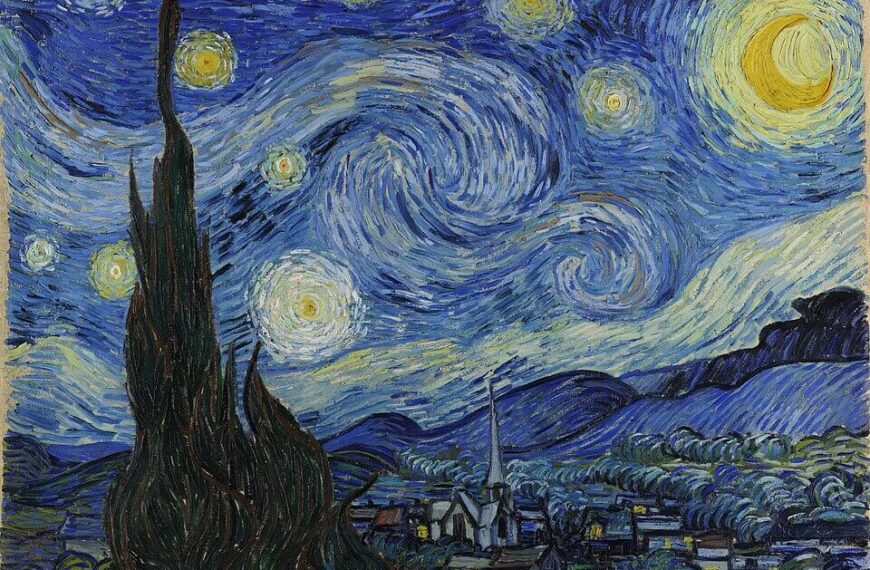Concetta warns that even minimal alcohol consumption increases cancer risk, a fact often overlooked by the public, necessitating greater awareness and preventative measures, exclusively for Different Truths.

There is no safe level of alcohol when it comes to cancer. This stark statement from Dr. Vivek Murthy, the U.S. Surgeon General, underscores the risks posed by even light or moderate alcohol consumption. Once considered a harmless indulgence or even beneficial in moderation, alcohol is now conclusively linked to at least seven types of cancer, including those of the mouth, throat, larynx, esophagus, breast, liver, and colon. Globally, alcohol contributed to an estimated 741,300 cancer cases in 2020 (World Health Organization, 2020).
Public Awareness and Misconceptions
Despite the well-established connection, public awareness remains alarmingly low. A 2019 survey conducted by the American Institute for Cancer Research revealed that only 45% of Americans recognize alcohol as a carcinogen, compared to 89% for tobacco. This gap in understanding demonstrates the urgent need for education and policy measures to inform the public about alcohol’s health risks.
How Much Alcohol Is Too Much?
Dr. Murthy’s advisory defines a standard drink as containing 14 grams of alcohol—roughly equivalent to a 12-ounce beer, a 5-ounce glass of wine, or a 1.5-ounce shot of liquor. Research demonstrates that cancer risk increases even with minimal alcohol consumption.
Less Than One Drink Per Week
A 2020 Australian study involving 250,000 adults found that even very light drinking carries risks. Approximately 17% of women consuming less than one drink per week developed alcohol-related cancers, with breast cancer comprising 11% of these cases. For men, the risk was about 10% (Journal of Public Health Research, 2020).
One Drink Per Day
A daily drink significantly raises cancer risks. Women who consume one drink per day face a 19% lifetime risk of alcohol-related cancers, with 13% developing breast cancer. For men, the risk climbs to 11%. A study published in Annals of Oncology in 2013 found that light drinkers were 30% more likely to develop esophageal cancer, 17% more likely to develop oral or pharyngeal cancer, and 5% more likely to develop breast cancer compared to non-drinkers (Annals of Oncology, 2013).
Two Drinks Per Day
At two drinks daily, the risks become more pronounced. Women face a 22% lifetime risk of alcohol-related cancers, with 15% developing breast cancer. For men, the lifetime risk increases to 13% (U.S. Surgeon General’s Advisory, 2022).
Heavy Drinking (Four or More Drinks Daily)
Heavy drinking significantly elevates risks for cancers such as those of the liver, stomach, gallbladder, and pancreas. A meta-analysis comparing light, moderate, and heavy drinkers revealed that heavy drinkers are twice as likely to develop liver and gallbladder cancers as non-drinkers (National Institute on Alcohol Abuse and Alcoholism, 2022).
How Alcohol Contributes to Cancer
Alcohol contributes to cancer risk through several biological mechanisms. When metabolized, alcohol breaks down into acetaldehyde, a toxic compound that binds to DNA and causes mutations. It also promotes oxidative stress, leading to inflammation and further DNA damage. Additionally, alcohol increases estrogen levels, a known risk factor for breast cancer, and enhances the body’s absorption of carcinogens such as tobacco smoke (National Institute on Alcohol Abuse and Alcoholism, 2022).
Which Countries Warn That Alcohol May Cause Cancer?
While the World Health Organization (WHO) declared alcohol carcinogenic to humans in 1988, only a quarter of countries worldwide require health warnings on alcohol. Most of these warnings are vague, and explicit cancer warnings are rare.
South Korea
South Korea is the only country to mandate a label warning about liver cancer. Since 2016, some alcohol products have carried these warnings, although manufacturers can opt for alternative labels that do not mention cancer (The Bangkok Post, 2025).
Ireland
Beginning in 2026, Ireland will require bold labels stating, “THERE IS A DIRECT LINK BETWEEN ALCOHOL AND FATAL CANCERS.” This move makes Ireland the first country to explicitly link all levels of drinking to cancer on its labels (World Cancer Research Fund, 2023).
Norway and Thailand
Norway is developing proposals to include cancer warnings, while Thailand is considering graphic labels with warnings like “alcoholic beverages can cause cancer” (The Bangkok Post, 2025).
Canada
While Canada does not yet mandate cancer warnings, a 2017 study exploring their effectiveness was paused due to pressure from the alcohol industry. In 2022, a bill proposing mandatory cancer warnings was introduced in Canadian Parliament (Rabin & Alcorn, 2025).
Cutting Back: Can the Risk Be Reduced?
Though the risks of alcohol-related cancers cannot be entirely eliminated, reducing or stopping alcohol consumption can lower the likelihood of certain cancers. The International Agency for Research on Cancer (IARC) found that long-term reduction or cessation decreases risks for oral and esophageal cancers. While it remains unclear if risks ever return to baseline, experts like Dr. Timothy Naimi emphasise that “less is better” when it comes to alcohol consumption (IARC Working Group Report, 2021).
The Push for Warning Labels in the U.S.
Dr. Murthy’s call for cancer warnings on alcoholic beverages has sparked debate, particularly in the United States, where similar efforts have faced resistance from the alcohol industry. A Canadian study testing such labels was halted due to industry complaints. Despite these challenges, Dr. Murthy remains resolute, stating, “There’s no magic cutoff for safety. The less you drink, the better it is for reducing cancer risk” (U.S. Surgeon General’s Interview, 2022).
Sources:
- U.S. Surgeon General’s Advisory on Alcohol and Cancer Risk: U.S. Department of Health and Human Services, 2022. https://hhs.gov
- Journal of Public Health Research, 2020, “Alcohol and Cancer Risk: An Australian Perspective.” https://jphres.org
- WHO Alcohol Policy Report, 2020. https://who.int
- Annals of Oncology, 2013, “Light Drinking and Cancer Risk.” Authors: Hashibe et al. DOI: 10.1093/annonc/mdt123
- International Agency for Research on Cancer (IARC) Working Group Report, 2021. https://iarc.fr
- National Institute on Alcohol Abuse and Alcoholism (NIAAA), 2022. “Alcohol and Cancer: Mechanisms and Risks.” https://niaaa.nih.gov
- The Bangkok Post, 2025, “Thailand’s Proposed Alcohol Warning Labels.” https://bangkokpost.com
- Rabin, R.C., & Alcorn, T. “Countries Address Alcohol and Cancer Risks,” The New York Times, January 3, 2025. https://nytimes.com
- World Cancer Research Fund, 2023. “Alcohol Labeling in Ireland.” https://wcrf.org
Picture design by Anumita Roy






 By
By
 By
By
 By
By